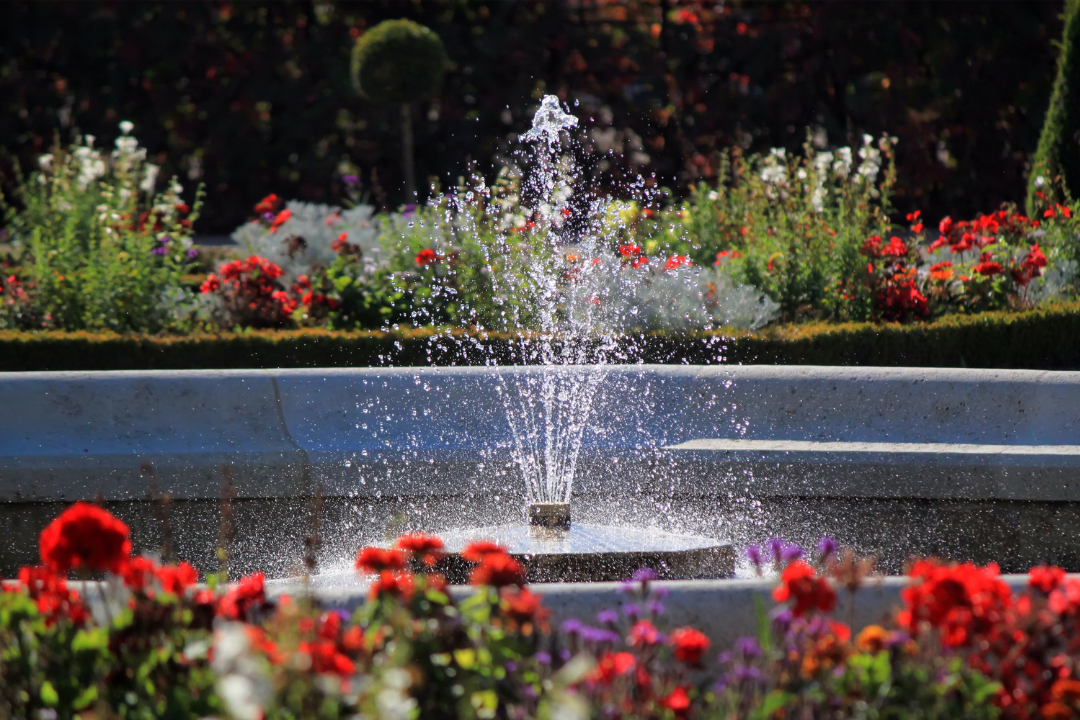
2022-10-21T11:44:58
Fountain, in landscape architecture, an issue of water controlled or contained primarily for purposes of decoration, especially an artificially produced jet of water or the structure from which it rises. Fountains have been an important element in the design of gardens and public spaces since ancient times. An early example is preserved in the carved Babylonian basin (c. 3000 BC) found at Tello, the ancient Lagash in Mesopotamia. An Assyrian fountain discovered in the gorge of the Comel River consists of basins cut in solid rock and descending in steps to the stream. Small conduits led the water from one basin to the other, the lowest of which was ornamented by two rampant lions in relief. In the early Middle Ages in Europe, ornamental and architectural treatment of fountains passed out of use; wells furnished the greater part of the necessary water. From the 12th century, however, public fountains began to reappear, and the spring fountains received architectural treatment. The usual form of the latter consisted of a large basin reached by a descending stairway and covered over with a vault, sometimes enclosed and sometimes supported only on piers. The public fountains of the medieval towns usually had a polygonal or circular basin, occasionally lobed, in the centre of which rose a column or pier carrying a series of spouts. The architectural details are of infinite variety. Fountains were a peculiar feature of the communal building activities of the late Middle Ages, often commissioned by guilds. Few of these survive. A noteworthy example is the Schöne Brunnen at Nürnberg (1398), distinguished by its high, rich Gothic spirelet with many statues and ironwork railing.

Have a question? Ask here!
Required fields are marked *